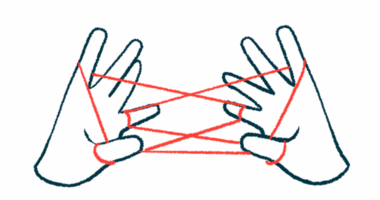Changes in Gait, Cognition May Be Early Signs of Idiopathic Parkinson’s, Research Suggests

Changes in gait and cognition precede a diagnosis of idiopathic (without known cause) Parkinson’s disease, and may occur earlier than typical non-motor symptoms, a study has found.
The study, “Prediagnostic markers of idiopathic Parkinson’s disease: Gait, visuospatial ability and executive function,” was published in Gait & Posture.
Motor symptoms in idiopathic Parkinson’s disease (IPD) are identified relatively late in the disease course, reducing the odds of neuroprotective benefit from available treatment options. Identifying individuals during the prodromal (early) period that precedes motor symptoms could be of great use for clinical studies seeking new therapies to prevent or delay disease progression.
A team of French researchers sought to determine the existence of any subtle gait disorders or other signs that precede the diagnosis of IPD, based on data from a long-standing study of human aging across the adult lifespan: the Baltimore Longitudinal Study of Aging (BLSA).
Conducted by the National Institute on Aging (NIA) Intramural Research Program, the BLSA continuously enrolls healthy volunteers age 20 and older who are followed throughout their life independently of the development of age-related diseases.
The Parkinson’s Disease News Today forums are a place to connect with other patients, share tips and talk about the latest research. Check them out today!
Ten pre-diagnosed IPD patients (eight men and two women) and 30 healthy control subjects were chosen for this study.
Subjects were assessed for the disease approximately 2.6 years before diagnosis. Clinical examination included gait speed, spatio-temporal gait parameters, balance, upper-limb motor skills, neuropsychological profile, and non-motor symptoms.
In comparison to the control group, IPD patients had shorter step length and reduced gait speed in a usual gait speed testing condition. Despite also having shorter step length when testing maximum gait speed, no differences between the IPD and control samples were found in walking speed.
Moreover, patients had worse mental rotation ability (the ability to rotate mental representations of two-dimensional and three-dimensional objects, which is related to the brain’s capacity for visual representation), and impaired ability to name different examples that could be inserted into a category (for instance, naming all types of flowers one can think of in one minute).
Compared to control subjects, IPD patients had no changes in upper-limb motor function, no depression, no sleep disturbances, no urinary symptoms, and no orthostatic hypotension (when blood pressure suddenly drops when standing up quickly).
Researchers concluded that the observed “changes might serve as markers to improve the early detection of IPD patients, who could then benefit from pharmacological neuroprotection trials and/or prevention trials of lifestyle-related interventions in order to delay, or even prevent, clinical manifestations.”






